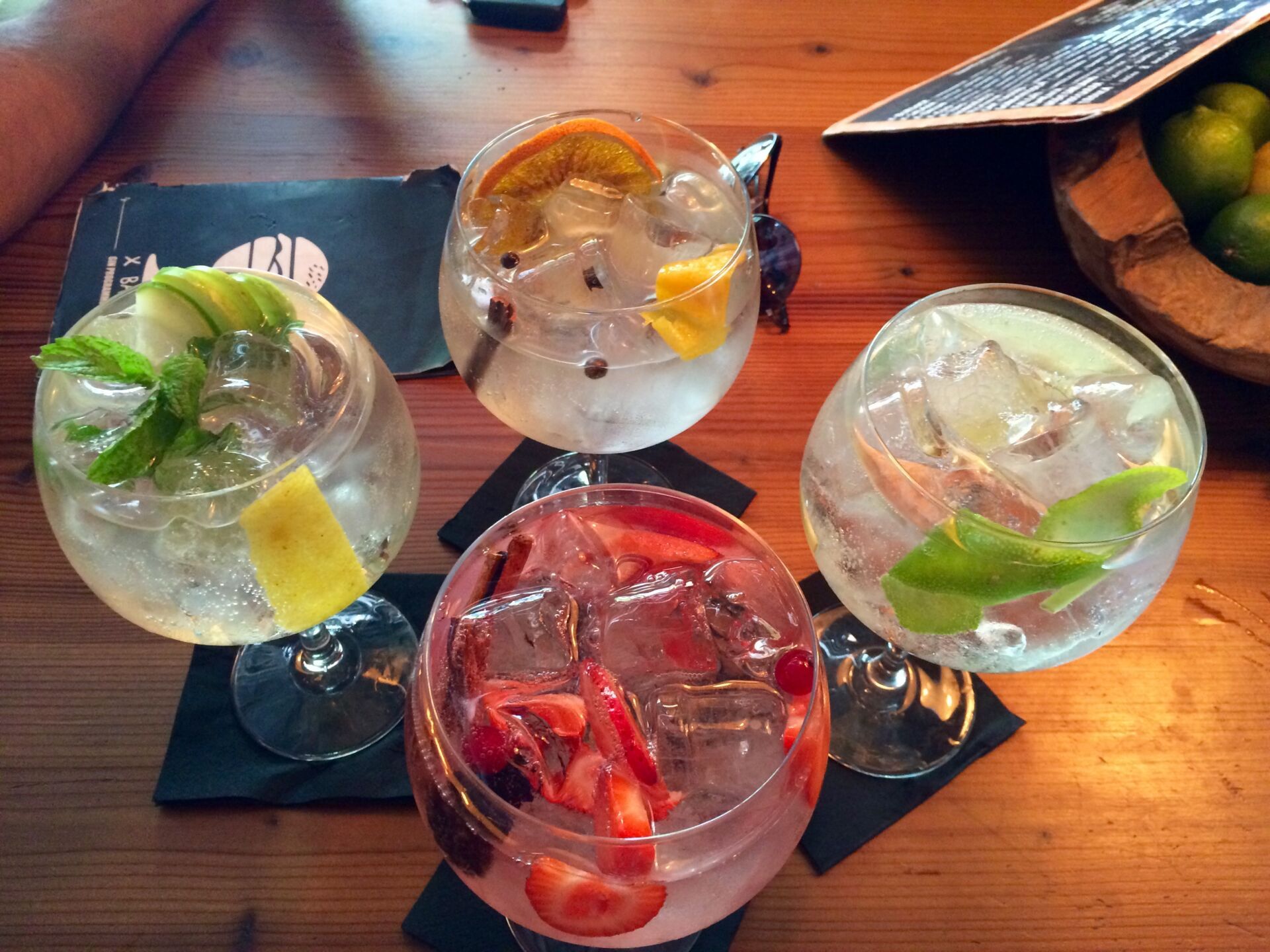I know what you’re thinking: gin is originally Dutch and quintessentially British. But Portugal has seen a huge rise in gin-drinking in recent years. Gin bars have sprouted up all over big cities, with dozens – sometimes hundreds – of varieties of gin. Often served in over-sized glasses, gin cocktails composed of various types of tonic waters and countless fruits and herbs, have been very popular for several years now. The younger Portuguese generations especially have completely embraced this gin revolution. And of course, it was only a matter of time before the Portuguese took this interest to the next level and began producing their own Portuguese gin…
Wine continues to be Portugal’s alcoholic beverage of choice. But gin no longer occupies a small section in the alcoholic drinks aisle in supermarkets: nowadays, it occupies its own aisle. It’s a serious business and one that’s producing results. So maybe next time you’re visiting Portugal, you should consider taking home not just a few bottles of your favorite wine, but also a bottle of a Portuguese gin you may have tried (and loved) on a night out.
I’ve made it my (very tough) mission to try and sample every single Portuguese gin and once I do, I’ll write a full report on each one. For now, however, I’ll just introduce you to a few Portuguese brands to watch out for next time you’re in Portuguese and you can tel me which one is your favorite.
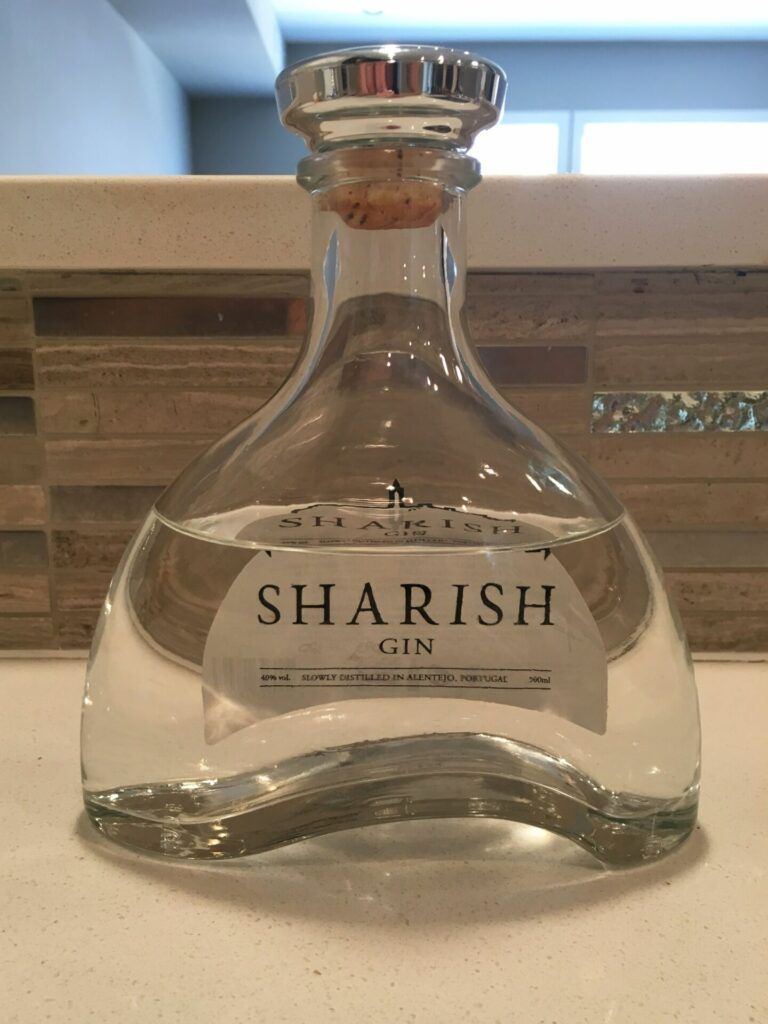
Sharish Gin: This gin is produced in the Alentejo from 9 different botanicals. It has won several gin awards since it launched a few years ago. Be sure to find some of their other variations, including a limited edition Rocha pear flavor and “Blue Magic” Sharish, which is bright blue in color on its own but turns pink when you add tonic to it.
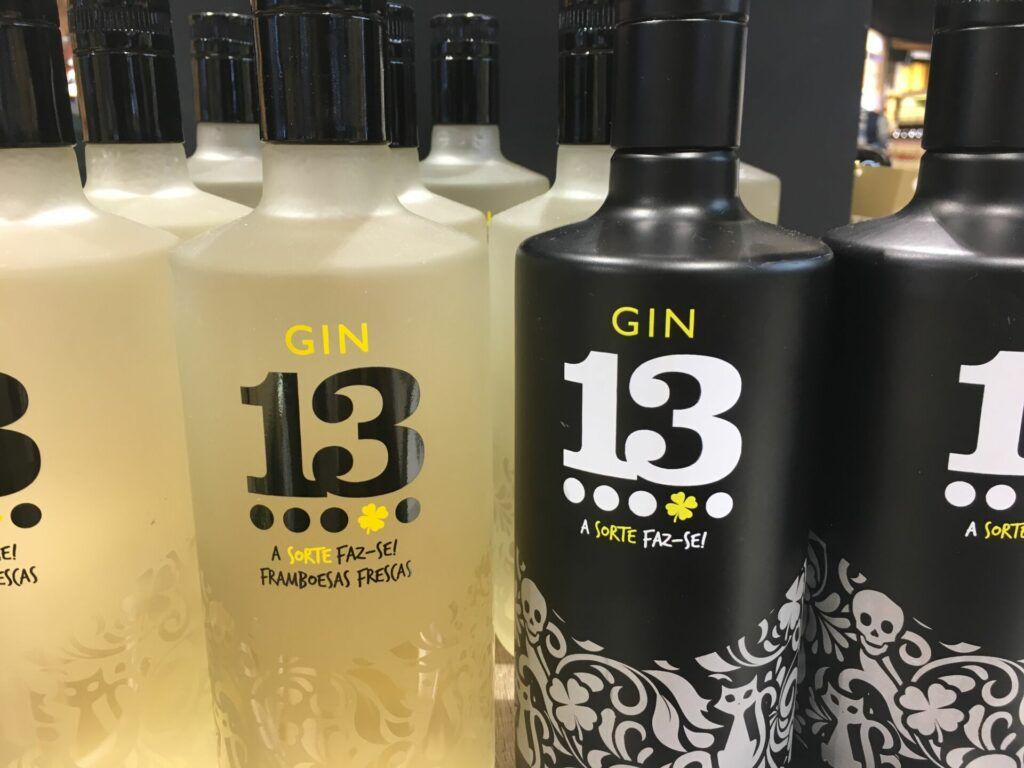
Gin 13: The 13th ingredient in this gin is hops and that’s where it gets its name. It’s best served with lemon zest, juniper berries and a premium tonic. Gin 13 comes in another variety: fresh raspberry, where raspberries instead of hops are the 13th ingredient.
Big Boss: This gin is derived from 11 different ingredients but its recipe is secret. Big Boss also has a pink gin variation with adds red fruits to the elixir.
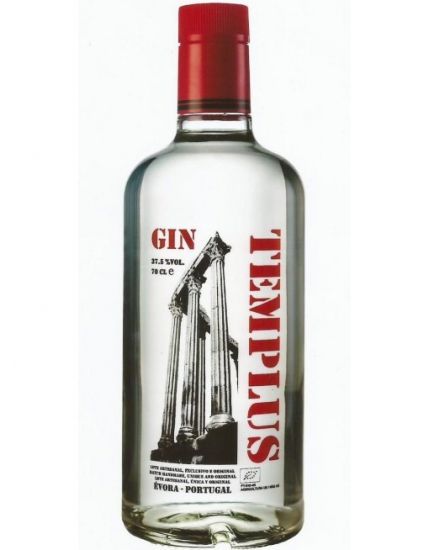
Gin Templus: Portugal’s (and the Iberian Peninsula’s) first organic gin, and the 6th organic gin in the entire world is produced in Évora, in the Alentejo. Templus also prides itself on its artisanal production and distilling process.
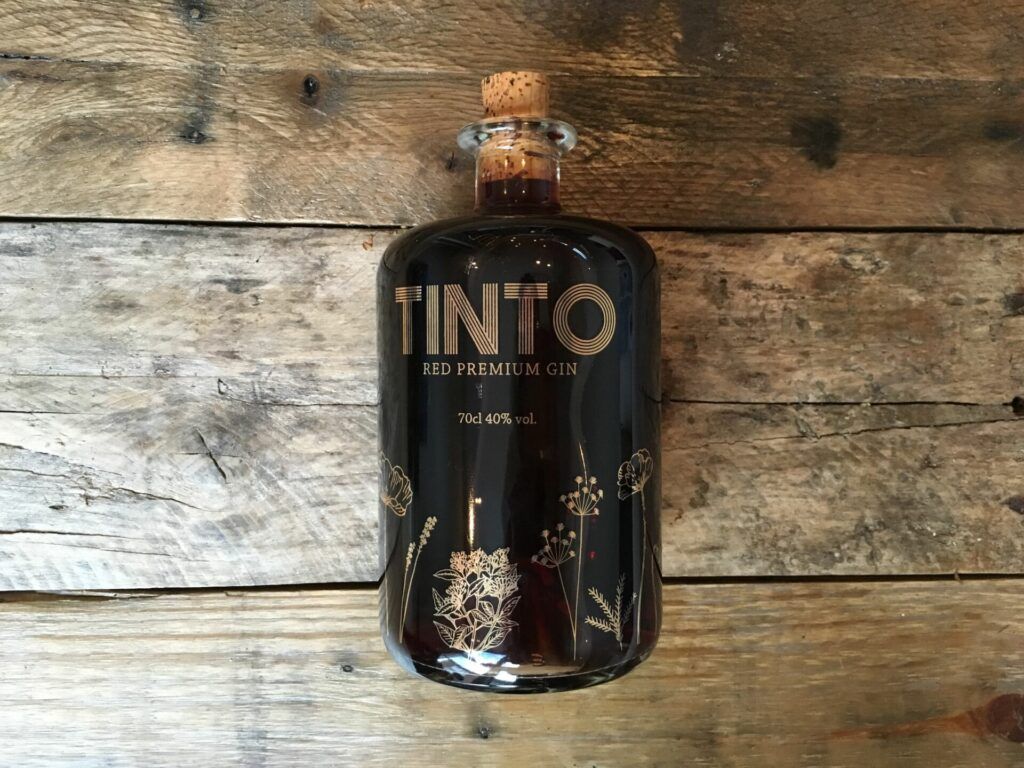
Tinto: Tinto is Portuguese for “red” as in “red wine”. It’s a red premium gin with an obvious taste of spice. It hails from Portugal’s northern Minho region.
This is by no means an extensive list, but it serves as an introduction to Portuguese gin. Question is: which one will you try first?
